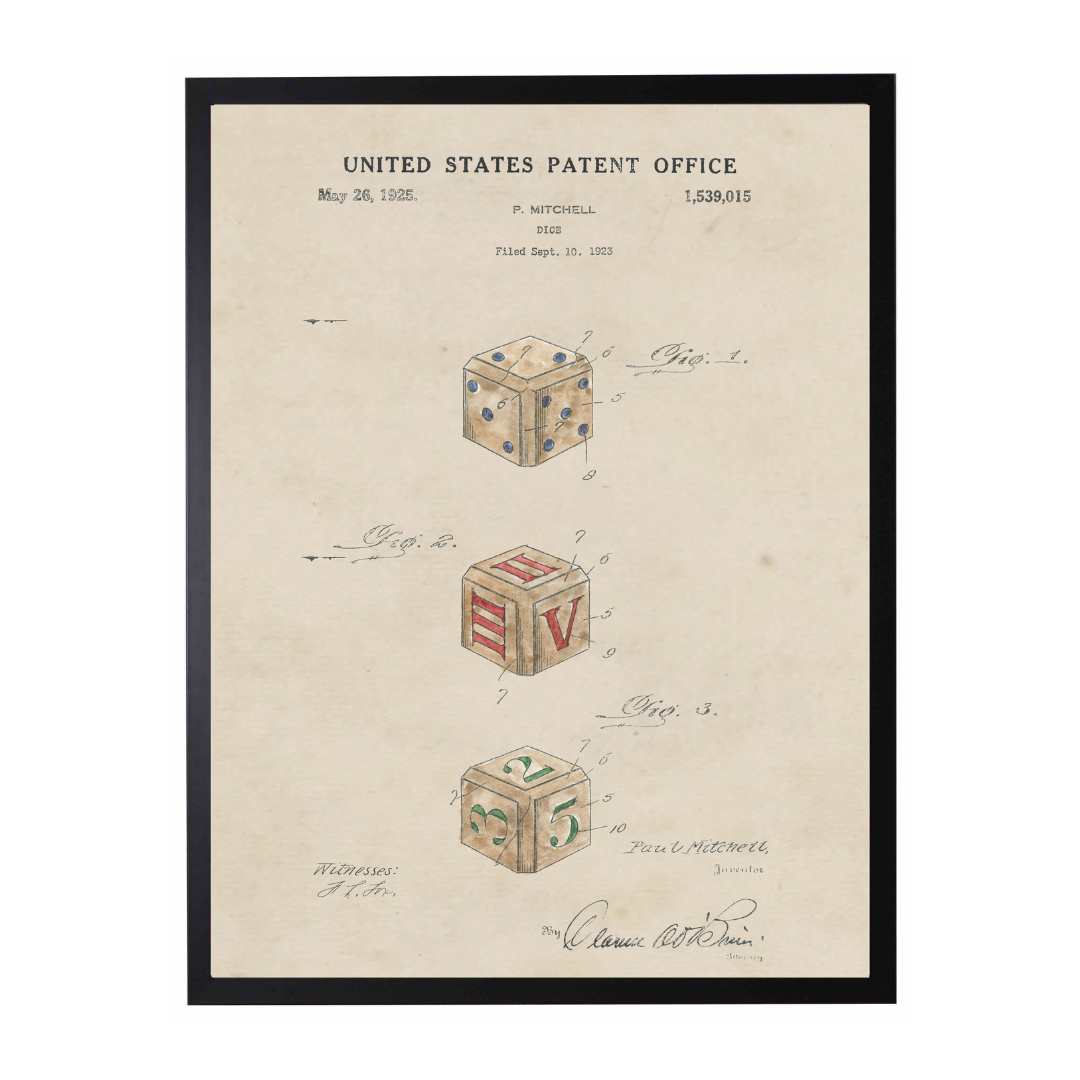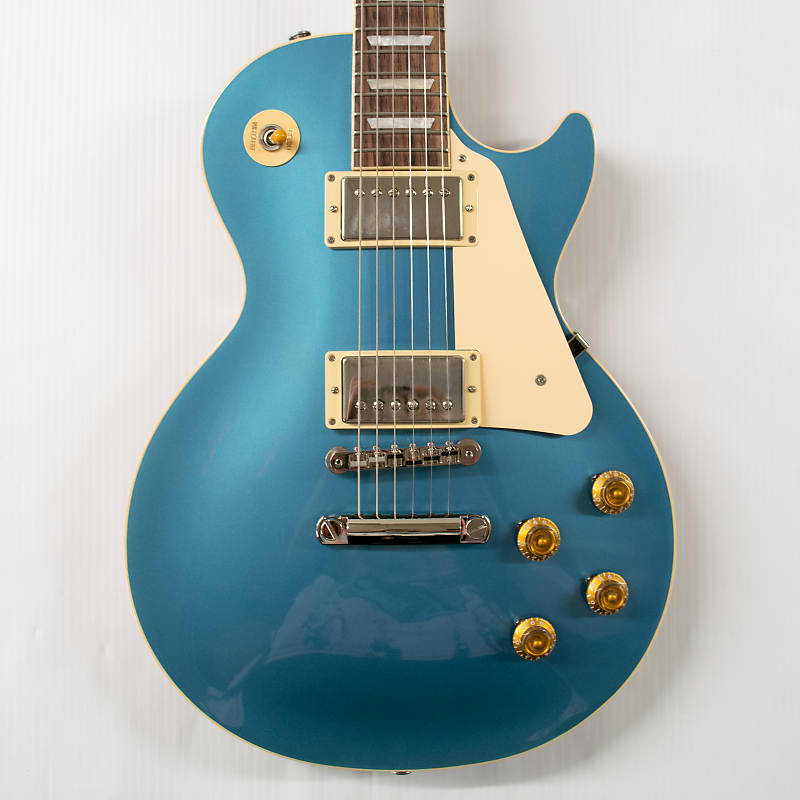Assigning a date to when dice were invented is difficult as they likely originated before recorded history. Dice’s predecessor, knucklebones, are believed to have been first used in fortune telling and were made from animals’ ankle bones.
The first game to use objects similar to dice was the Ancient Egyptian game of Senet, played between 3000 BCE and 200 AD. In Senet, players threw two-sided sticks which indicated the number of squares a player could move.

Modern dice originated in ancient Greece from a game called Knucklebones. A derivative form of the game included a “dice” where each of the bone’s four sides had a different value, like modern dice.
The multi sided form was also popular in the Roman empire, where many citizens were passionate dice gamblers. The Roman game of Tali included four dice and the best score was achieved by having each dice show a different number after being rolled. Tesserae was played with three dice and the best score was three sixes. Gambling eventually became illegal in the Roman empire because many Romans lost their life savings betting.

It wasn’t until the 16th century that dice games were studied mathematically. Girolamo Cardano and Galileo conceived the concepts of randomness and probability. Until their discovery, people believed that dice landings were the indirect actions of gods or supernatural forces.

Long after Galileo made this discovery, in 1925, Paul Mitchelll of Hampton Roads, Virginia was granted a dice patent. Mitchell’s unique design included identifying numbers that lay flush with the rest of the dice, preventing germs from accumulating.
Check out the patent





